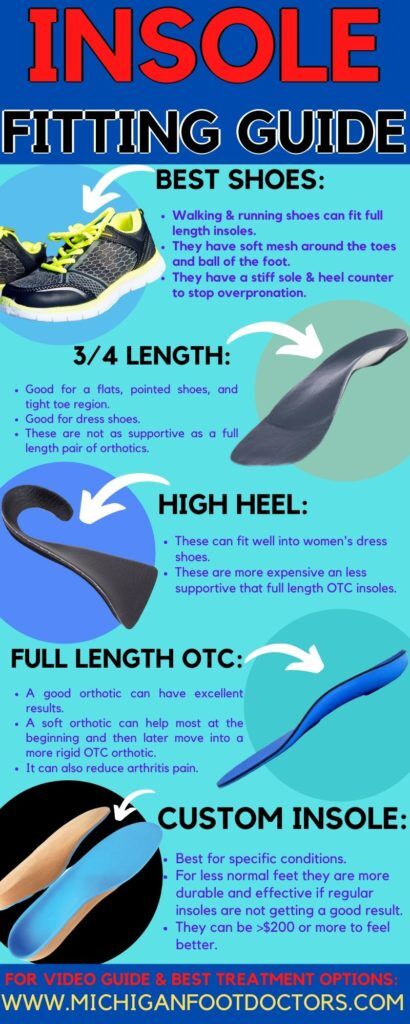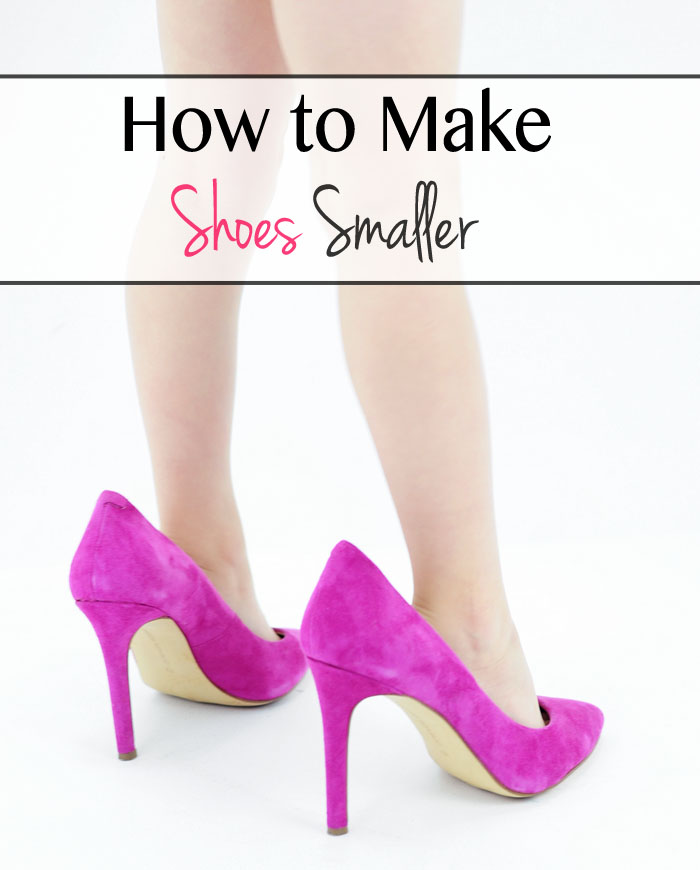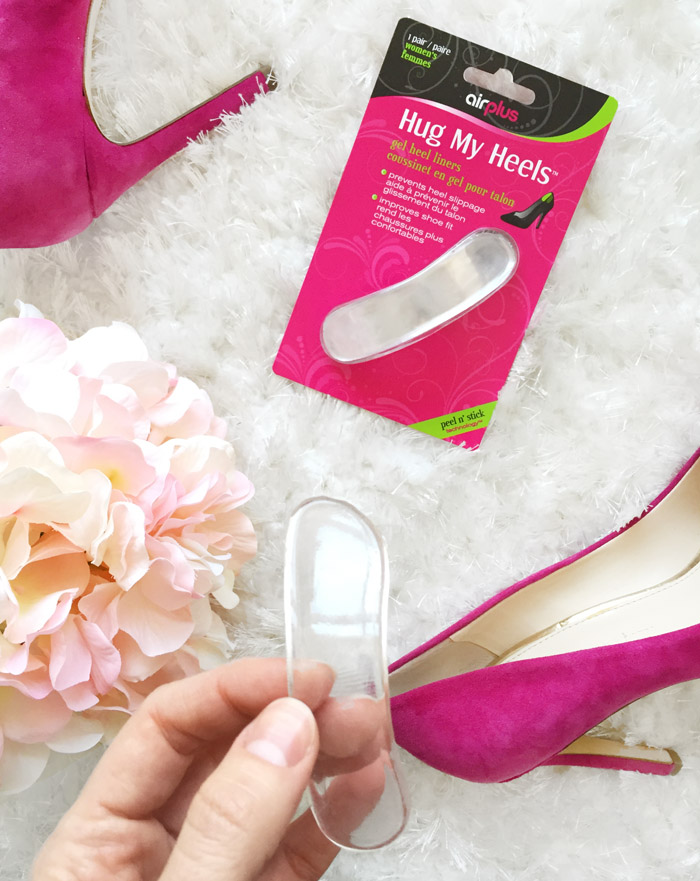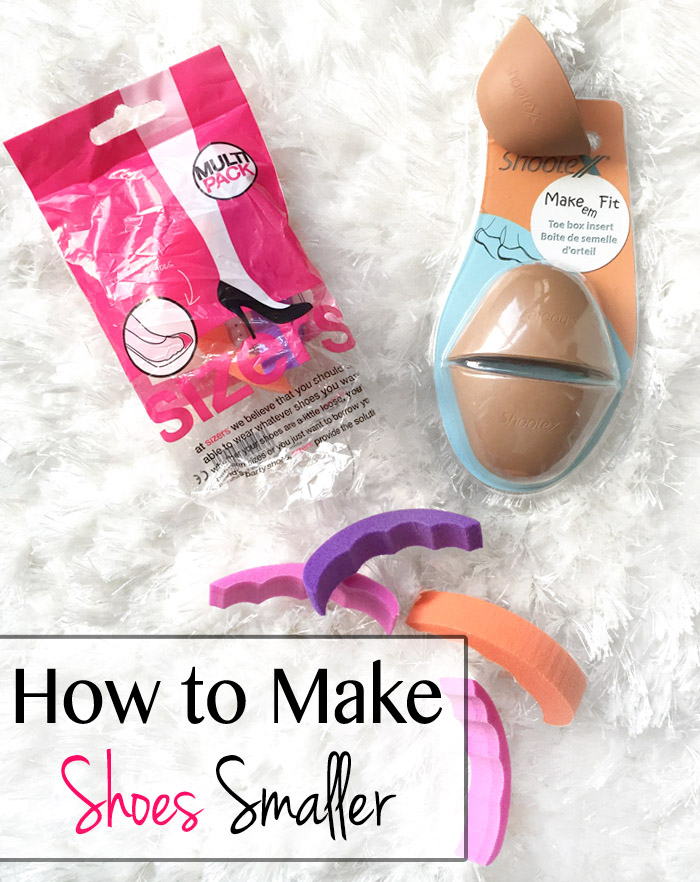Finding the perfect pair of shoes can sometimes feel like navigating a minefield. If you’ve ever purchased a beautiful pair that turned out to be just a tad too big, you’re not alone! This comprehensive guide offers practical tips and insights on how to make slightly big shoes fit comfortably, while ensuring you maintain your style. Whether you’re a shoe enthusiast, a fashion lover, or a professional seeking comfort, we’ve got you covered!
Understanding the Problem: Why Do Shoes Feel Big?
Shoes can feel larger than expected for several reasons. It may be due to sizing discrepancies among brands, different foot shapes, or even the material used in construction. Most foot-related issues derive from a lack of proper sizing knowledge. A study by the American Podiatric Medical Association found that nearly 70% of individuals wear shoes that do not fit properly (APMA). This not only affects comfort but can lead to serious foot complications over time.
Common Reasons for Big Shoes
- Brand Variability: Different brands have varying size scales, leading to potential mismatches.
- Foot Shape: Individual foot shape and width may not align with standard shoe sizes.
- Material Stretching: Shoes made from soft materials tend to stretch and can feel loose over time.
Proven Techniques to Fit Slightly Big Shoes
While it’s ideal to find the perfect fit from the start, there are several tried-and-true methods to make oversized shoes fit snugly. Let’s explore these techniques!
1. Using Insoles and Inserts
Insoles are a popular solution for transforming a larger shoe into a better fit. They provide additional cushioning and support, making your shoes more comfortable. You can choose between orthotic insoles designed for support or foam insoles that merely fill space. Brands like Dr. Scholl’s and Spenco offer various options.

Pros and Cons of Using Insoles
| Pros | Cons |
|---|---|
| Comfort enhancement | Can alter shoe fit |
| Improved arch support | Some may feel bulky |
| Cost-effective solution | May require break-in time |
2. Heel Grips and Pads
If your shoes are slipping at the heel, consider using heel grips or pads. These small accessories stick to the back of the shoe, preventing your foot from sliding out. They are particularly useful for loafers and dress shoes. Brands like Fashion Tape offer reliable options.

Pros and Cons of Heel Grips
| Pros | Cons |
|---|---|
| Easy to apply | May lose adhesion over time |
| Effective for reducing slippage | Limited impact on overall size |
| Inexpensive | Not suitable for all shoe types |
3. Thick Socks
An age-old trick is simply wearing thicker socks! This method works particularly well in winter months, providing warmth while reducing shoe space. Opt for high-quality socks that won’t crowd your feet uncomfortably. Specialty brands like Smartwool offer a variety of styles to choose from.

Pros and Cons of Thick Socks
| Pros | Cons |
|---|---|
| An instant size reducer | May be too warm in hot weather |
| Easy and cost-effective | Can alter the fit of some shoes |
| Versatile for different styles | May not always provide support |
4. Tongue Pads
Tongue pads are another innovative solution for bigger shoes. Positioned on the top of the shoe’s tongue, they bring your foot closer to the front, reducing extra space. Available in various squishy materials, tongue pads can provide added comfort and support. Brands like Band-Aid have great options for this purpose.

Pros and Cons of Tongue Pads
| Pros | Cons |
|---|---|
| Simple application | May not fit all shoes |
| Enhanced comfort | Can wear out quickly |
| Effective for lace-up shoes | Varied comfort levels |
5. Shoe Stretchers
While typically used to enlarge shoes, shoe stretchers can also help in reducing the width of shoes. They accommodate different areas of the shoe and can effectively tighten loose-fitting areas. Brands like Shoe Stretchers provide versatile options for various shoe types.

Pros and Cons of Shoe Stretchers
| Pros | Cons |
|---|---|
| Customizable for fit | Initial investment required |
| Long-lasting solution | Learning curve for usage |
| Effective for stubborn shoes | Not all shoes can be stretched |
6. Professional Alterations
When all else fails, consider seeking professional alterations. A skilled cobbler can adjust the size of your shoes through methods like shrinking materials or adding padding in critical areas. This option may be more costly, but it ensures that your shoes fit perfectly.

Pros and Cons of Professional Alterations
| Pros | Cons |
|---|---|
| Professional expertise | Potentially expensive |
| Customizable to your needs | Time-consuming process |
| Can improve shoe longevity | Not all shoes are suitable for alterations |
Case Studies: Successful Adjustments
To deepen our understanding of the matter, let’s look at a few real-world examples of individuals who successfully made big shoes fit better.

Case Study 1: Jenna’s Designer Heels
Jenna, a fashionista from New York, purchased a pair of stunning designer heels that were unexpectedly loose. After investing in an insole and heel grips, she found that her shoes not only fit better but also offered increased comfort. Jenna reported that this simple adjustment allowed her to wear the heels all night without discomfort during a charity gala, emphasizing the importance of solutions that blend style with comfort.
Case Study 2: Mike’s Running Shoes
Mike, an avid runner based in California, bought a size too big in his favorite running shoes. Initially frustrated by his purchase, he turned to thick socks and tongue pads. After implementing these adjustments, Mike discovered a noticeable improvement in his running experience, leading to better performance and fewer blisters. In his long-distance training sessions, Mike now feels confident tackling any distance!

Product Highlights: Must-Have Accessories
If you’re looking to make your shoes fit better, consider investing in the following highly-rated products known for their effectiveness:
Top Insoles
- Dr. Scholl’s Comfort Insoles – Great for everyday wear.
- Spenco RX Orthotic Insoles – Ideal for arch support and comfort.
Heel Grips
- Fashion Tape Heel Grips – Reliable adhesion with comfort.
- Clarks Heel Grips – Designed for both casual and dress shoes.
Tongue Pads
- Band-Aid Tongue Pads – Comfortable for lace-up shoes.
- Shoe Stretchers Tongue Pads – Versatile for a variety of shoes.
Frequently Asked Questions (FAQs)
1. Can I return slightly big shoes?
Most retailers have a return policy that allows you to return shoes that do not fit correctly. Always check the policy before purchasing!
2. Is it normal for shoes to stretch over time?
Yes, many shoes, especially those made from natural materials, can stretch and become more comfortable with wear. However, excessively large shoes may not provide the support you need.
3. What types of shoes can be altered?
Most leather shoes can be altered. However, alterations may not be effective on athletic shoes or synthetic materials.
4. Are insoles worth the investment?
Absolutely! Quality insoles can enhance comfort, improve posture, and provide better arch support, which may reduce foot pain.
5. Do high heels fit differently than flats?
Yes, high heels often fit more snugly due to their design, but they can also feel loose in certain styles. Adjustments may vary based on heel height and design.
6. Can I stretch shoes myself?
Yes, there are methods like wearing thick socks or using a shoe stretcher at home. However, professional stretching may yield better results.
7. How do I know if my shoes are too big?
If your foot slides around or your heels lift out of the shoe, it’s a sign they may be too big. Properly fitting shoes should feel secure without pinching.
8. Are there specific brands known for better sizing?
Brands like Nike and Adidas are often reputed for consistent sizing. However, trying shoes on is always recommended.
9. How often should I check my shoe size?
It’s advisable to check your shoe size at least once a year, especially if you notice changes in foot size or shape due to age or lifestyle changes.
10. Can I use household items to fill big shoes?
Yes! Items such as folded paper, cotton balls, or even sponges can temporarily fill extra space in your shoes.
11. Are there special considerations for kids’ shoes?
Children’s feet grow fast! Always ensure they wear correctly sized shoes to prevent foot issues as they develop.